Textile dyeing is a combination of some series of processes such as scouring, bleaching, dying, and Finishing. Chemicals are the most important materials for textile dyeing in both knit and woven fabrics. In this video, we will learn about some most used chemicals and their uses in the dyeing and finishing process.
Types of chemicals used in textile industries:
Caustic Soda: Caustic soda is widely used in the textile industry for scouring memorization, and dyeing processes. Soda increases pH and level activates the molecules of the fabric so that they can better absorb the dye. This results in brighter and longer-lasting colors. Caustic soda is also used in the mercerizing process to increase the strength, luster, and dye affinity of the fabric.

Peroxide: Peroxide removes the natural gray color of fabric and is used as a bleaching agent. Peroxide bleaching is a process that gives the fabric good hydrophilicity or affinity for water, readily absorbing or dissolving in water and a constant degree of whiteness.
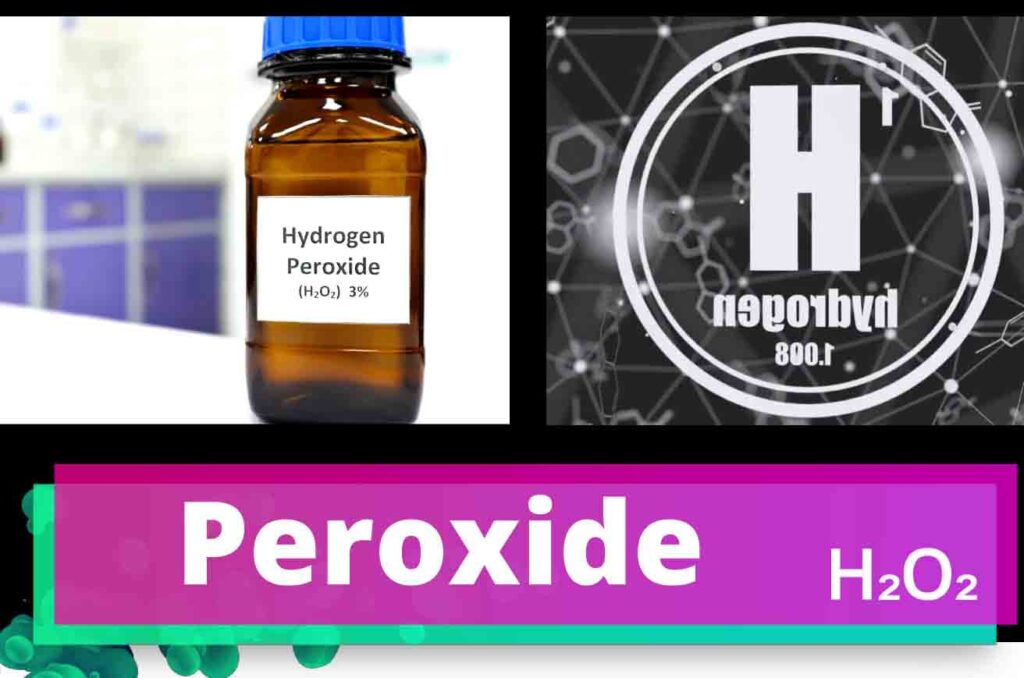
Stabilizer: The primary mechanism of a stabilizer involves the stabilization of chemical reactions by inhibiting the reaction or slowing down the reaction. The role of the stabilizer is to control or regulate these effects that act as buffers, sequestrates, and in exceptional cases, enhancing the performance of the surfactant used in the bleach bath.
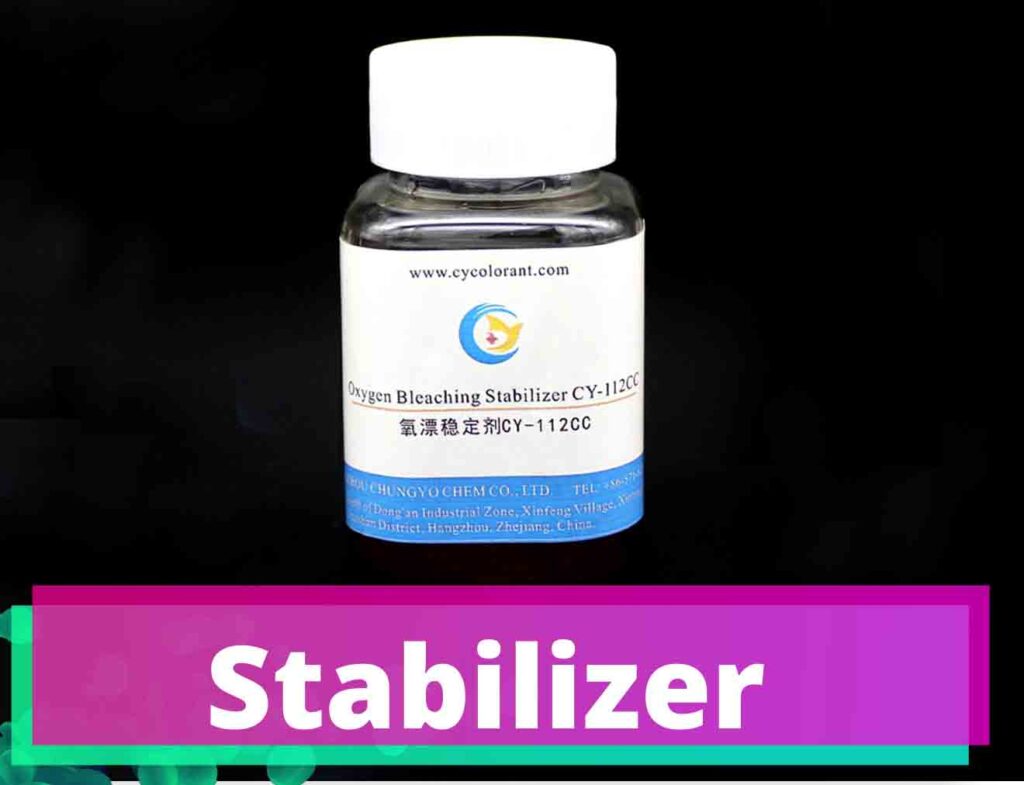
Detergents: Detergents are widely used in the textile industry as wetting and cleaning agents. Textile detergent is suitable for removing sizing materials and oil from fabrics and soaping of all fabrics. Which confers very good soaping fastness.
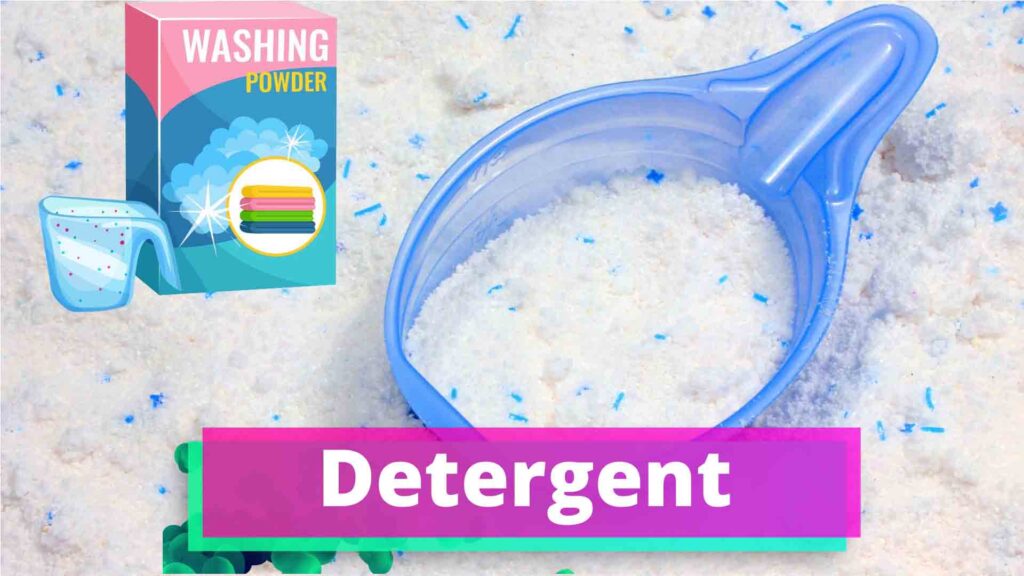
Anti Creasing Agent: Anti Crease is a Lubricating and Crease preventing agent for natural and synthetic fibers and their blends. It forms a thin, uniform, protective coating around the fiber to lower the surface friction and flexural rigidity, thus minimizing the formation of durable, creases in dye baths or in the finishing stage.

Sequestering Agent: Sequestering agents are used to eliminate water hardness and heavy metals, such as iron and copper which can affect the scouring process.

Wetting agent: It accelerates the wet ability of material in solution, thus helping to easy penetration of chemicals into the substrate. Usually used in scouring, bleaching & dying.

Enzyme: Enzymes are safely used in the textile processes like de-sizing, scouring, bleaching, dyeing, and finishing. Moreover, enzymes are used as a substitute for harmful chemicals which pose environmental risks and hence are biodegradable.
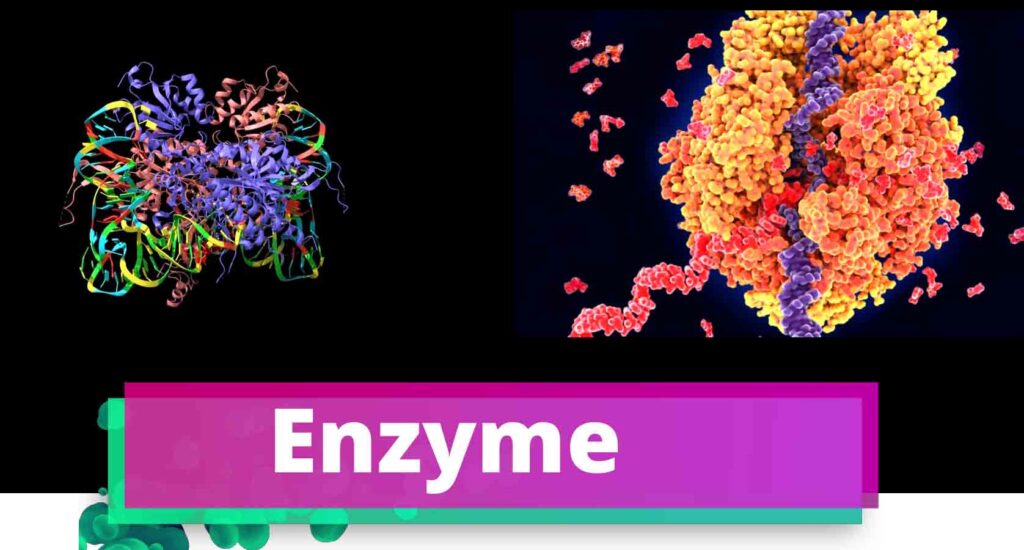
Antifoaming agent: Antifoaming agents eliminate harmful foam has proven to be the most effective and economical method in the textile dyeing and finishing industry.

Softener : Softening agents are one of the finishing agents which give softness, better handle, drape, cutting, and sewing qualities to the fabric. Softeners provide desired softness on the surface of the fabrics. It is applied on the fiber, yarn stage and also in woven or knitted fabrics during the dyeing process.

Leveling Agent: Leveling agents are surface active agents and are chemically related to soaps, synthetic detergents, and wetting agents. Leveling agents are slowing down the dye uptake of the fibers and helping to produce a more better and uniform color in the textile fiber

O.B.A: OBAs are normally used to enhance the whiteness of a textile. Optical brightening agents convert ultraviolet light into a wavelength in the visible spectrum.
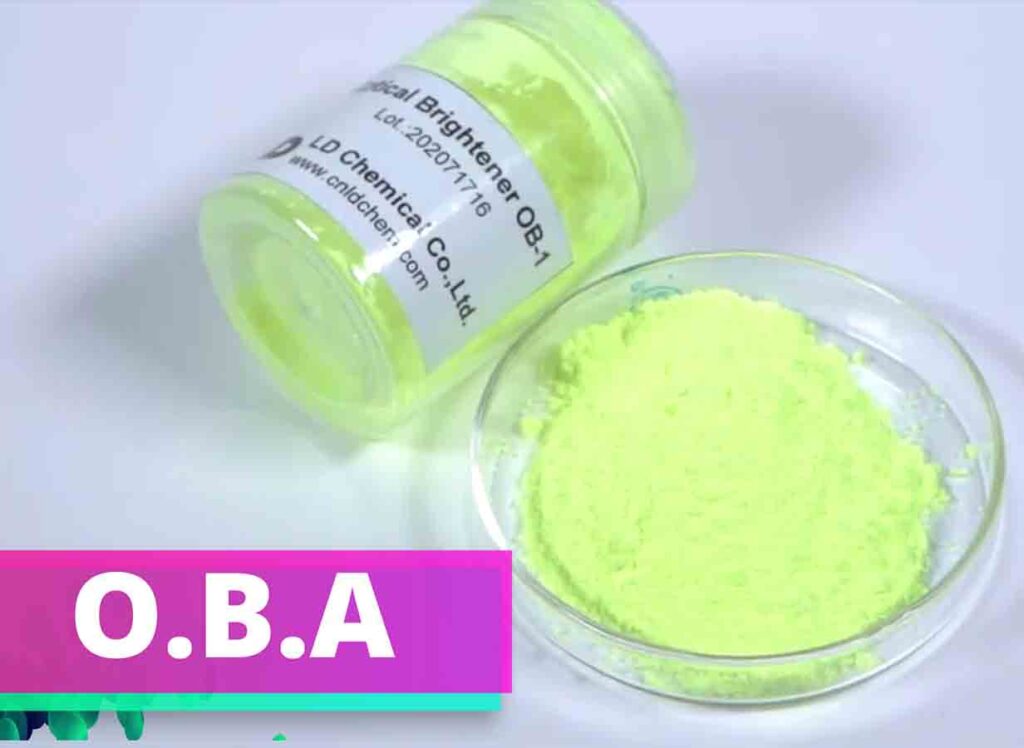
Fixing Agent: Fixing agent is one of the most important textile auxiliaries in the textile industry. Fixing agents can improve the color fastness of dye in the fabric. It can form insoluble colored material with dye and improve the color of washing, perspiration fastness, and also improve its sun fastness.
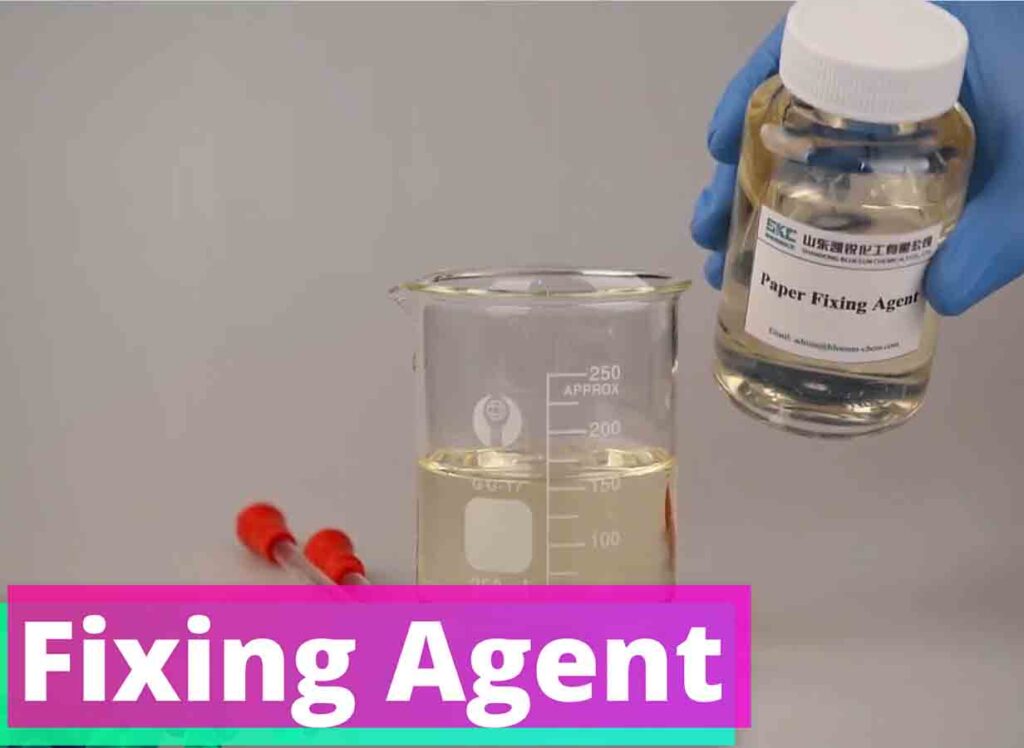
Acid: In textile processing, acid is considered one of the most important chemicals. The use of most common acids are
H2SO4 (Sulphuric acid): Sulphuric acid is Widely used in washing and mordanting, carbonization of wool, acid dyeing on wool, etc.
HCL (Hydrochloric acid); Hydrochloric acid used in washing and dyeing, in diazotization, in sourcing, etc.
CH2COOH(Acetic acid): used for dyeing and neutralization.
Alkali: According to the term of chemistry, the compound that provides OH- (HYDROXYL Ion) is called alkali. some most common alkalis are:
NaOH( sodium hydroxide): used in scouring, mercerizing, dyeing, soap formation, washing, etc.
Na2CO3 ( sodium carbonate) : Widely used in reactive dyeing. Ca(OH)2 (Calcium hydroxide): To remove the hardness of water, formation of bleaching chemicals, mordant and indigo vat, etc.
Salt: Different types of salts are used in different processes for different purposes of textile dyeing and finishing.
NaCl ( sodium chloride): Widely used as an electrolyte in reactive dyeing.
NaNO2 ( sodium nitrite): used for azoic color dyeing and diazotization, also used for indirect azo and vat dyeing.
Na2S (Sodium sulfide): used as the reducing agent, for the preparation of sulfur dye.
Na2SO4 ( Sodium sulfate ): used for finishing cotton, direct, acid, and sulfur dyeing.
NaHSO4 (Sodium hydrogen sulfate): to remove chlorine from silk and wool after bleaching.
Na2S2O4 (Sodium dithionite): used in vat dyeing, and washing of protein fiber.
CH3COONa (Sodium acetate): used in wool dyeing with direct and acid dyes and also during the stripping of wool and silk.


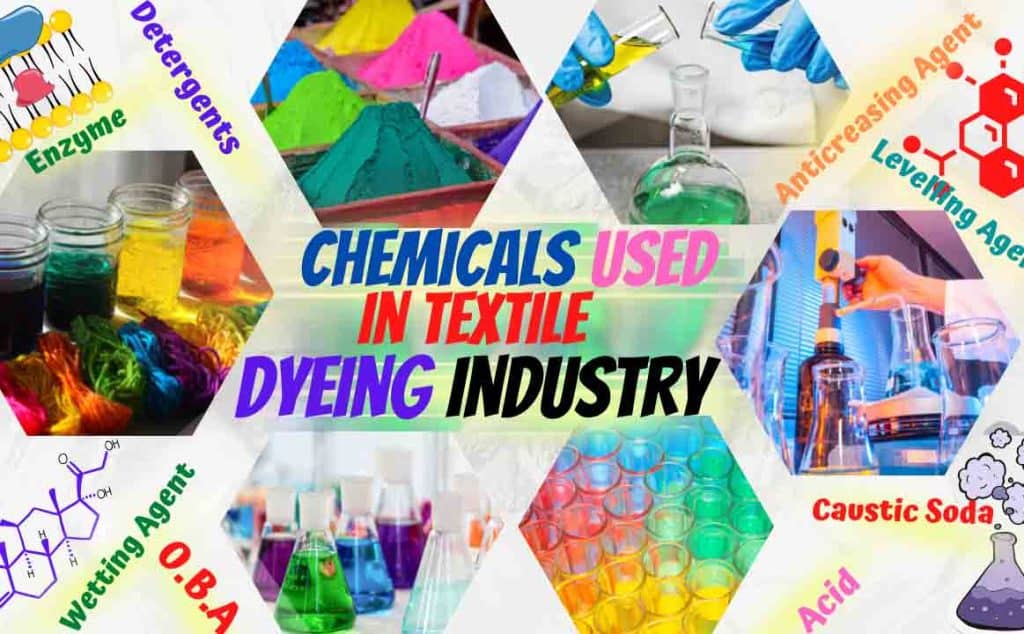
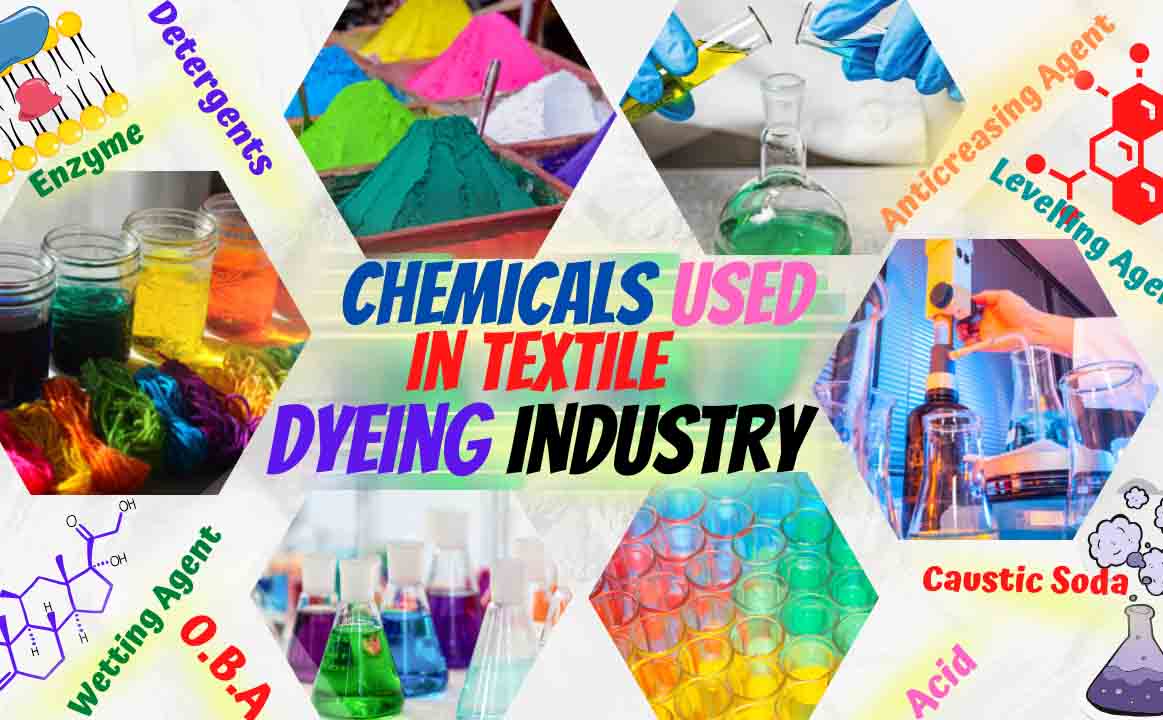
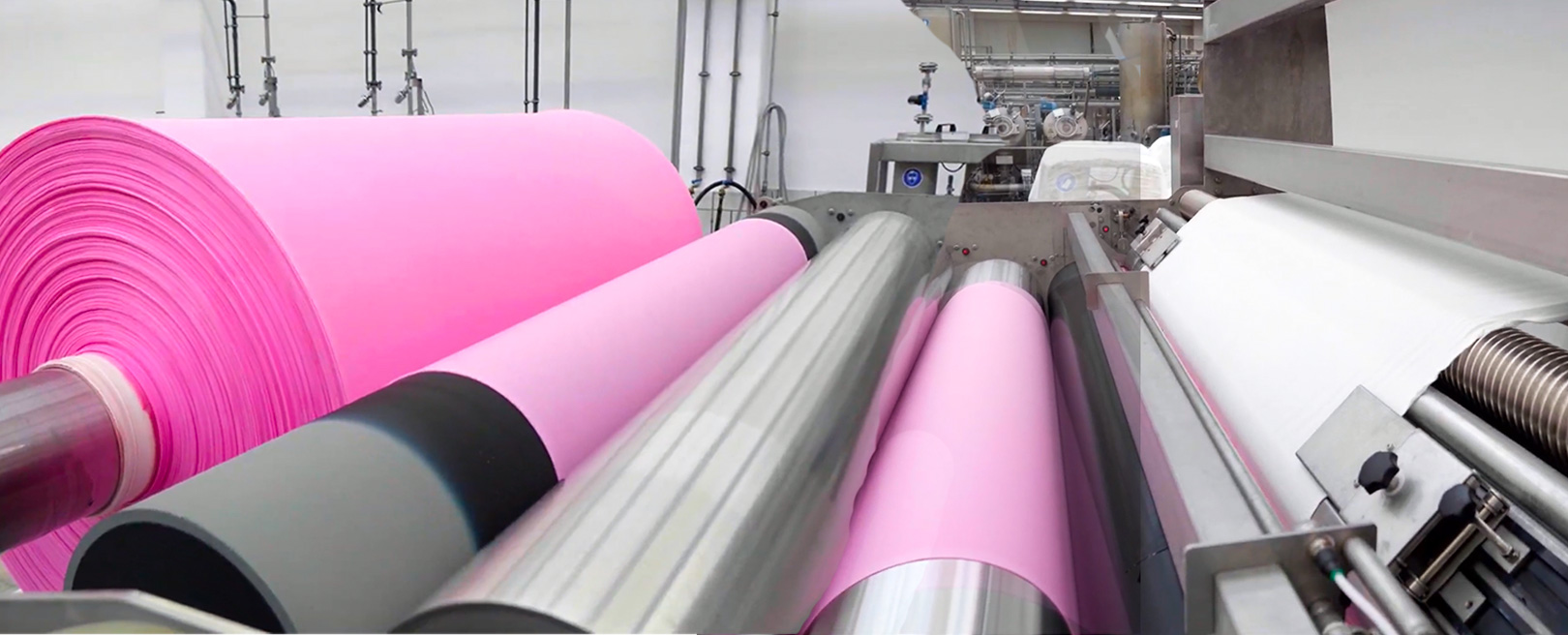
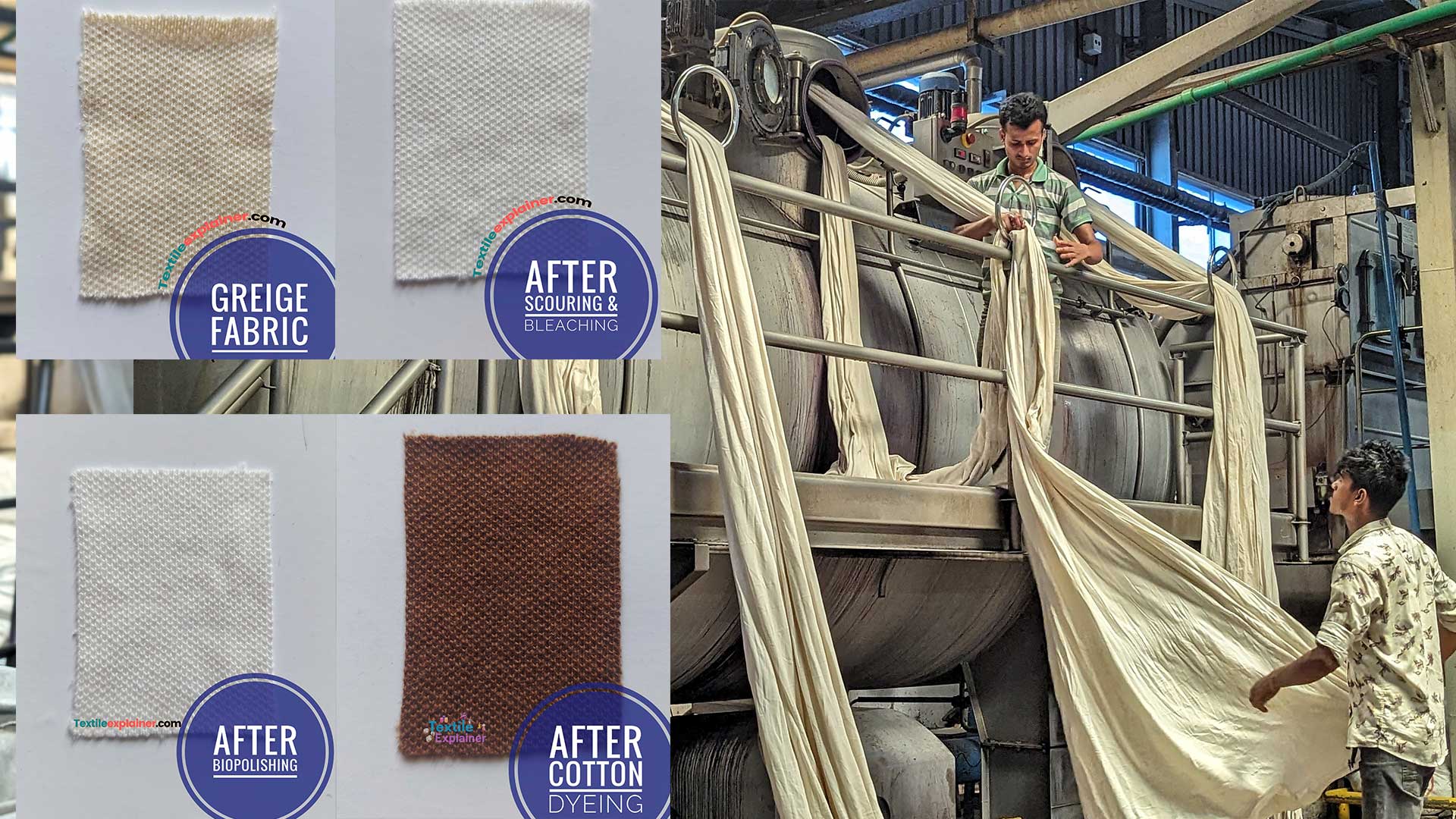
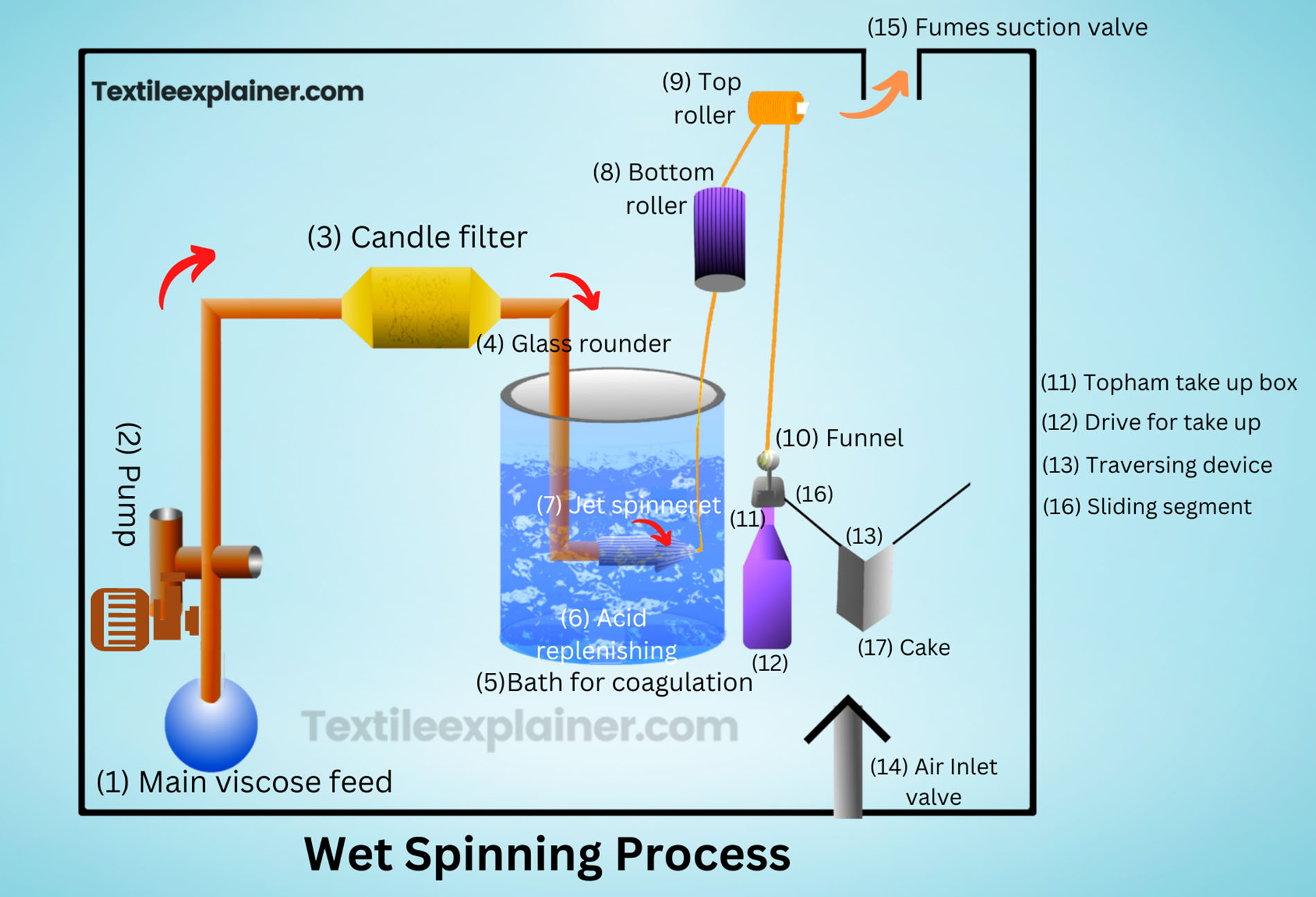
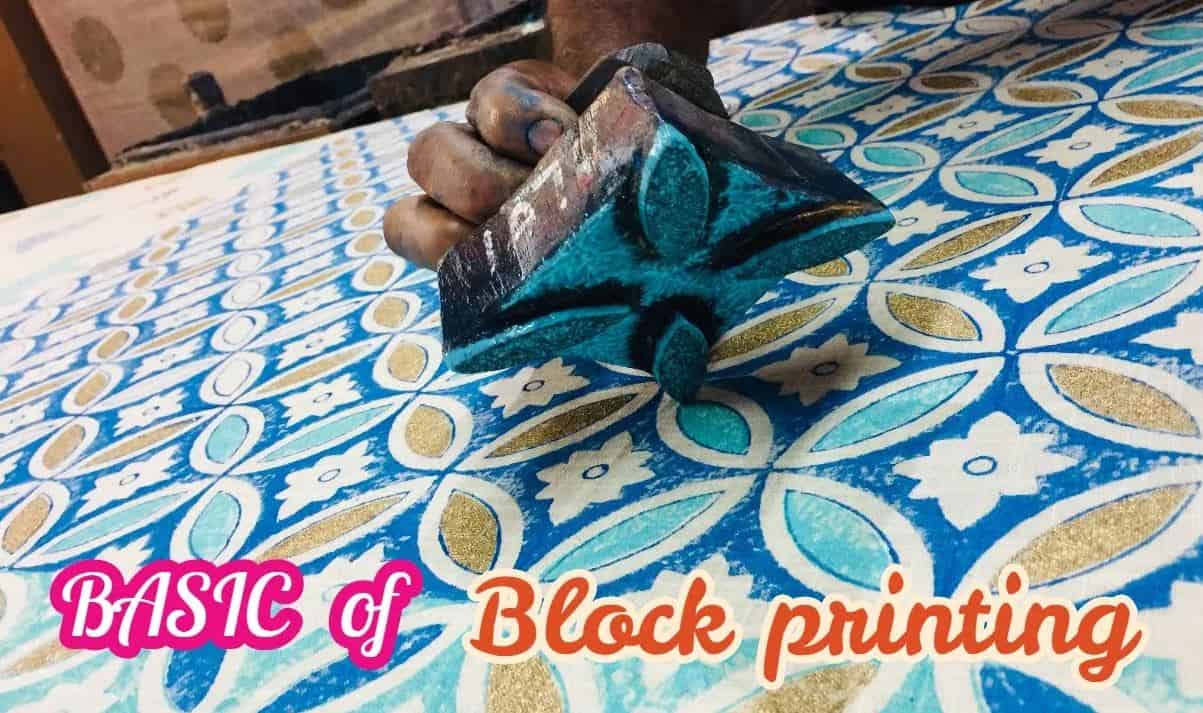
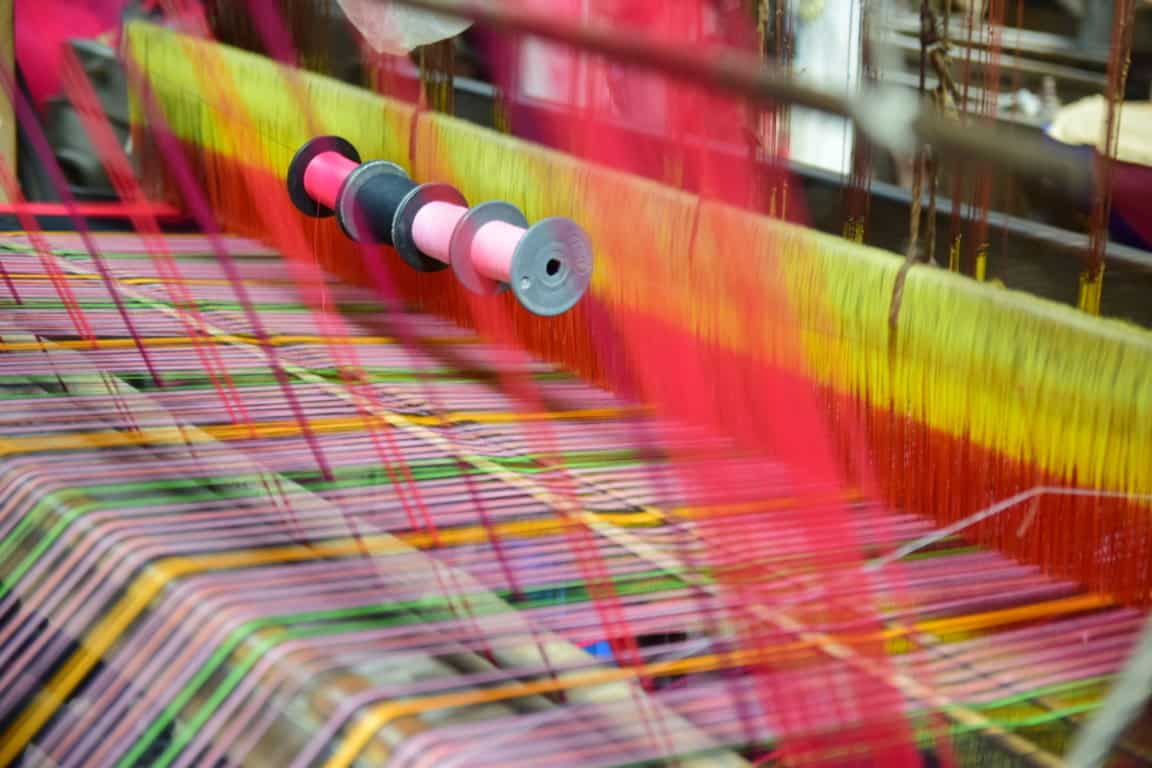



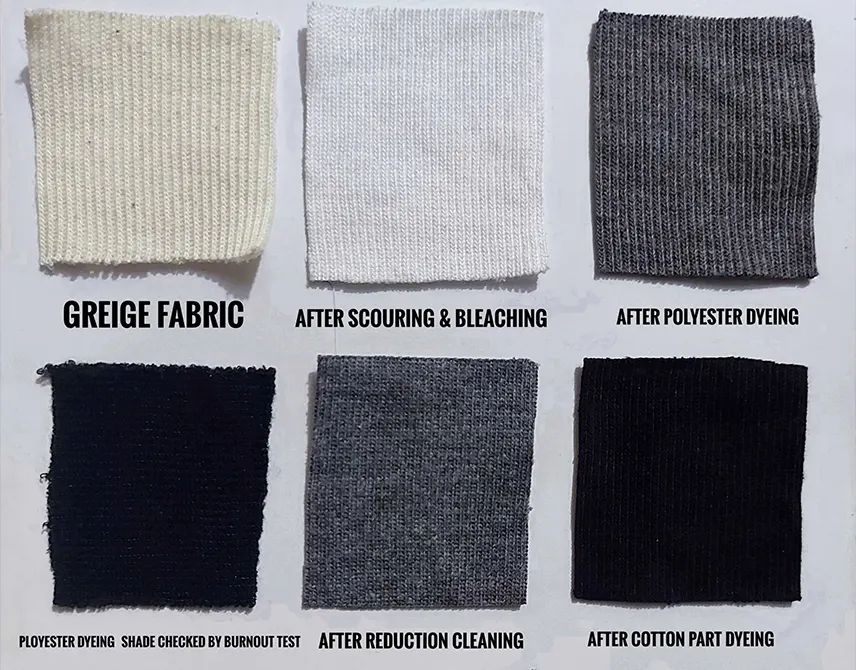

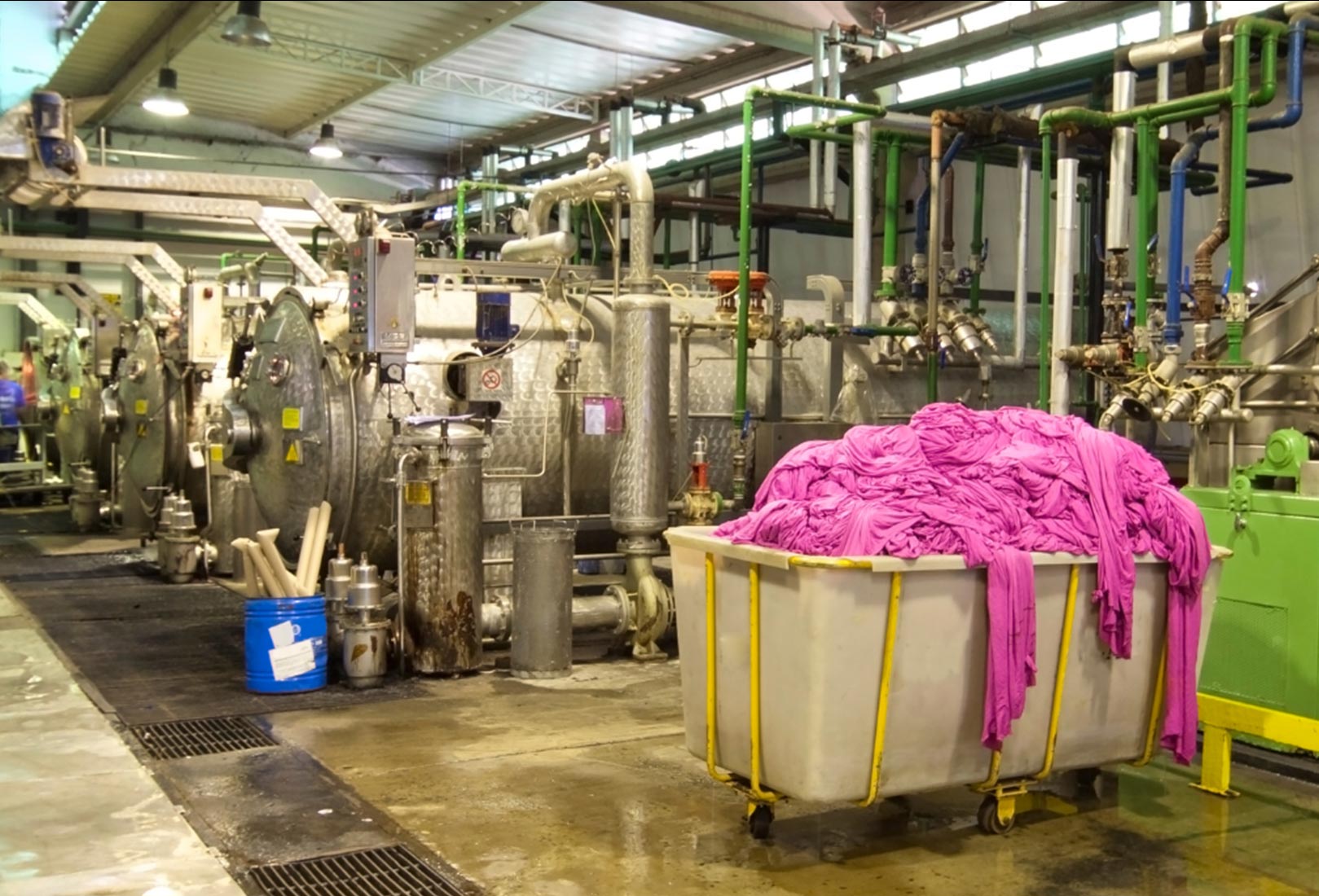
2 thoughts on “Chemicals Used In Textile And Dyeing Industries”
Helpful Article Sir💞
Thanks for the compliment.